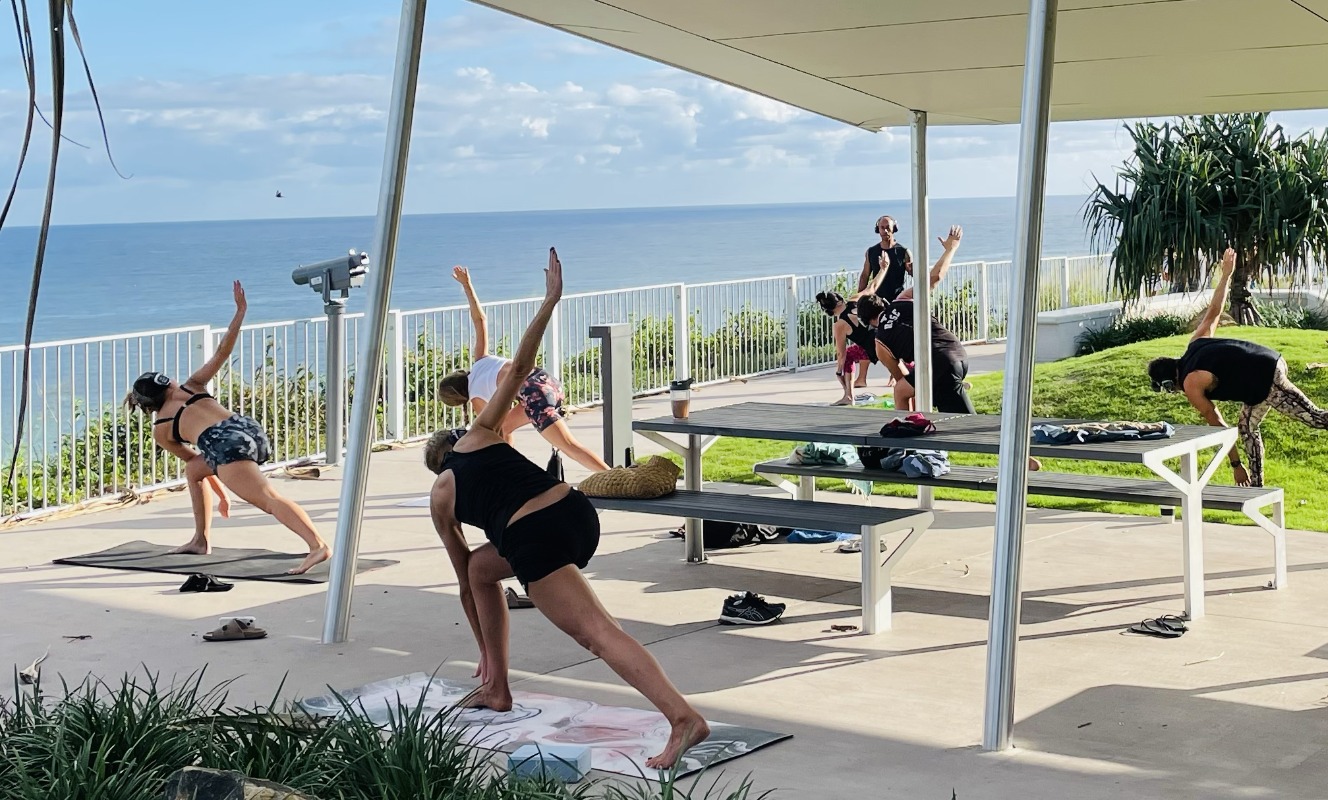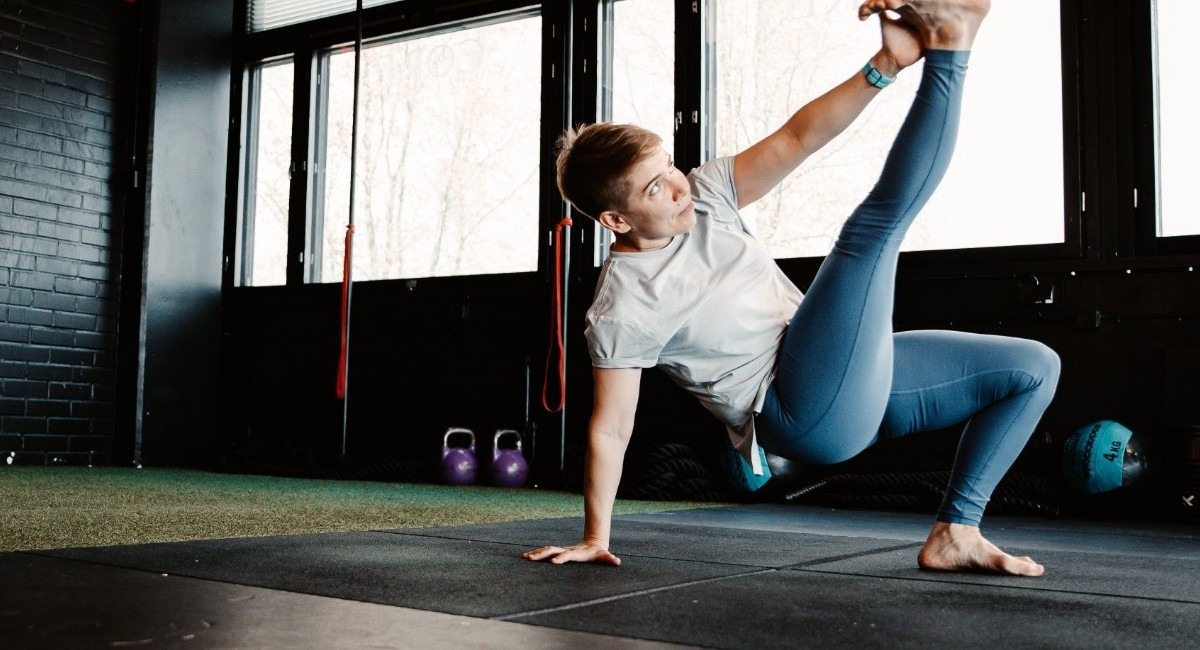
Play Your Way to Health: The Science Behind Sports and Fitness
Sports and fitness are not just hobbies; they are vital for a healthy and fulfilling life. Engaging in physical activities improves cardiovascular health, strengthens muscles, enhances mental well-being, and fosters social connections. This article delves into the science of how sports and fitness impact overall health, offering practical tips and insights to make fitness an enjoyable journey.
💪 Fitness Guru
12 min read · 3, Jan 2025

The Physical Benefits of Sports and Fitness
1. Heart Health:
Your heart is a muscular organ, and like any muscle, it needs regular exercise to stay strong. Aerobic activities like running, swimming, or cycling increase your heart rate, improving blood circulation and reducing the risk of heart diseases. Studies show that regular exercise can lower bad cholesterol levels and increase good cholesterol, keeping your arteries clear.
2. Stronger Muscles and Bones:
Weight-bearing activities such as walking, basketball, or resistance training promote bone density, reducing the risk of osteoporosis. These activities also strengthen your muscles, making everyday tasks easier and preventing injuries. Strong muscles and bones are essential as you grow older to maintain balance and mobility.
3. Enhanced Immunity:
Physical activity boosts the production of white blood cells and improves circulation, which helps your body fend off illnesses. A moderate exercise routine can enhance your immune system's ability to detect and fight infections.
The Mental and Emotional Benefits
1. Stress Reduction:
When you exercise, your body releases endorphins, also known as the "feel-good" hormones. These help reduce stress and anxiety, making you feel more relaxed and positive. Playing sports is especially effective because it combines physical activity with social interaction.
2. Improved Cognitive Function:
Regular physical activity increases blood flow to the brain, improving memory, concentration, and overall cognitive function. It’s like giving your brain a workout along with your body.
3. Better Sleep:
Exercise helps regulate your sleep patterns, allowing you to fall asleep faster and enjoy deeper, more restorative sleep. However, avoid vigorous activity close to bedtime as it might energize you instead of relaxing you.
Social and Emotional Connections
Sports often require teamwork, communication, and collaboration. Participating in team sports can help you develop important social skills, build lasting friendships, and enhance your ability to work with others. Even solo fitness activities like yoga or running can be a way to connect with like-minded people in clubs or online communities.
Science-Backed Tips to Incorporate Sports and Fitness into Your Life
1. Find Your Passion:
Experiment with different activities to discover what you enjoy. Whether it’s football, dancing, swimming, or yoga, doing something you love ensures that you stick with it.
2. Start Small and Progress Gradually:
If you’re new to fitness, begin with short, manageable sessions. For instance, a 15-minute walk or a quick game of badminton can be your starting point. Gradually increase the duration and intensity as your fitness level improves.
3. Set Realistic Goals:
Setting achievable goals keeps you motivated. For example, aim to jog for 20 minutes three times a week or do 10 push-ups daily. Celebrate small victories to stay inspired.
4. Make it a Routine:
Consistency is key. Choose a time of day that works best for you and stick to it. Morning workouts can energize you for the day, while evening sessions can help you unwind.
5. Stay Hydrated and Nourished:
Physical activity requires fuel. Drink plenty of water and consume a balanced diet rich in proteins, carbohydrates, healthy fats, and micronutrients. This supports muscle recovery and overall health.
The Science of Recovery
Rest and recovery are as important as exercise. Allowing your muscles to repair themselves reduces the risk of injury and improves performance. Incorporate stretching, adequate sleep, and rest days into your routine.
The Role of Sports in Youth Development
For young people, sports build discipline, resilience, and leadership skills. They teach you to handle wins and losses gracefully, boosting confidence and a sense of achievement.
Q&A Section
Q1: How often should I exercise to stay healthy?
Ans: Aim for at least 150 minutes of moderate aerobic activity or 75 minutes of vigorous activity per week. Include strength training exercises twice a week.
Q2: Can I exercise if I have a chronic condition?
Ans: Yes, but consult your doctor first. Many activities can be modified to suit your needs and improve your condition.
Q3: What’s the best time to exercise?
Ans: The best time is whenever you can stick to it consistently. Morning workouts can set a positive tone for the day, while evening sessions can relieve stress.
Q4: What’s the difference between aerobic and anaerobic exercises?
Ans: Aerobic exercises, like jogging, use oxygen to fuel muscles and are great for endurance. Anaerobic exercises, like weightlifting, rely on stored energy and are ideal for strength building.
Q5: How can I prevent injuries during exercise?
Ans: Warm up before starting, use proper form, avoid overtraining, and listen to your body. If something feels wrong, stop and rest.
Similar Articles
Find more relatable content in similar Articles

The Silent Workout: Fitness Without Any Equipment or Noise...
“Discover the power of silent .. Read More

Microbiome and Muscle: Gut Health as a Hidden Fitness Tool...
Unlock the hidden potential of.. Read More

The Science of Breathwork: Fitness Beyond Muscles...
Exploring how conscious contro.. Read More

Fitness Lessons from Wild Animals – Move Like Nature Intende..
“Discover how observing wild a.. Read More
© 2024 Copyrights by rFitness. All Rights Reserved.